Research Highlights
Research Highlights
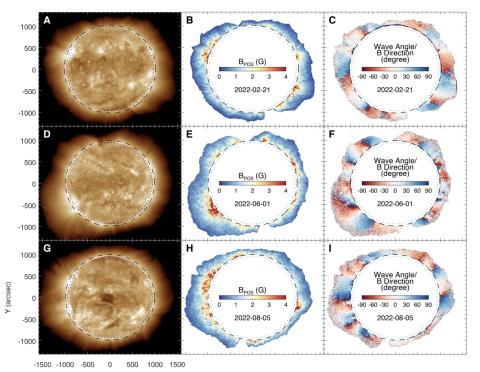
Observing the evolution of the Sun’s global coronal magnetic field
Zihao Yang, Hui Tian, Steven Tomczyk, Xianyu Liu, Sarah Gibson, Richard Morton, Cooper Downs, using the Upgraded Coronal Multi-channel Polarimeter, have obtained magnetograms of the global corona above the solar limb over approximately eight months.
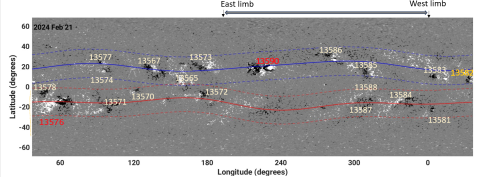
Global and Local Dynamics of X-flare Producing Active Regions During Solar Cycle 25 Peak-Phase
Breno Raphaldini, Mausumi Dikpati, Andre S. W. Teruya , Kiran Jain, Aimee A. Norton , and Scott W. McIntosh investigate the circumstances under which two of the most flare-prolific active regions of solar cycle 25, namely ARs 13590 and 13514, flared.
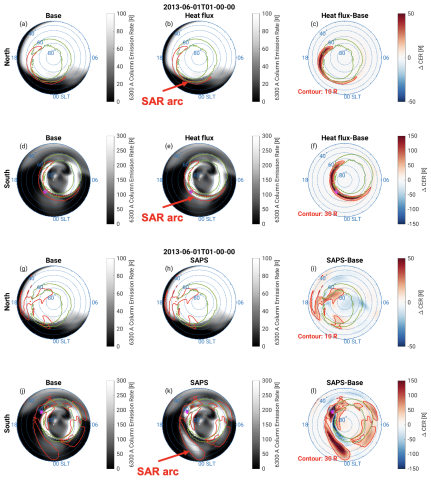
SubAuroral Red Arcs Generated by Inner Magnetospheric Heat Flux and by SubAuroral Polarization Streams
Dong Lin, Wenbin Wang, Mei-Ching Fok, Kevin Pham, Jia Yue, and Haonan Wu, utilize first-principles inner magnetosphere model and ionosphere-thermosphere model to illustrate the thermodynamic coupling effects between the topside ionosphere and the magnetosphere, and compare the relative significance between the heat flux and plasma convection due to electrodynamic coupling.
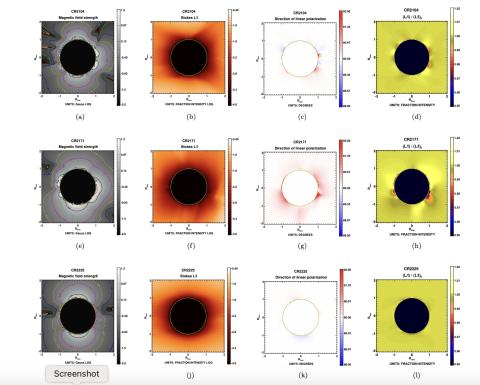
EUV polarimetric diagnostics of the solar corona: the Hanle effect of Ne viii 770 A
Raveena Khan, Sarah Gibson, Roberto Casini, and K. Nagaraju utilize 3D 'Magneto-hydrodynamic Algorithm outside a Sphere' (MAS) models as input to the FORWARD code to model polarization in Ne viii line produced due to resonance scattering, and interpret its modification due to collisions and the magnetic fields through the Hanle effect.
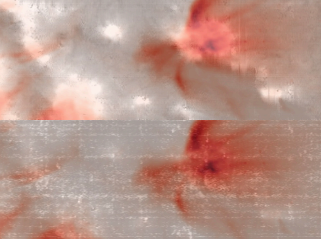
On the intermittency of hot plasma loops in the solar corona
P. Judge and N.P.M. Kuin ask why and how are entire hydromagnetic structures only intermittently loaded with bright coronal plasma in the Sun? Their findings consolidate the claim that unobserved physical processes are at work which govern the heating of long-lived coronal loops.
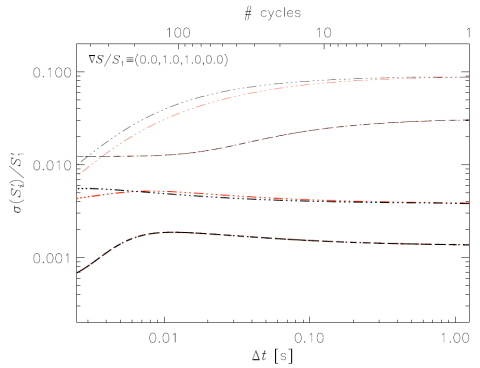
Erratum: Analysis of Seeing-Induced Polarization Cross-Talk and Modulation Scheme Performance
R. Casini, A. G. de Wijn, P. G. Judge analyze (Published 2012 September 4) the generation of polarization cross-talk in Stokes polarimeters by atmospheric seeing, and its effects on the noise statistics of spectropolarimetric measurements for both single-beam and dual-beam instruments.

Magnetohydrodynamic turbulence simulations as a testing ground for PUNCH
Sarah Gibson et. al. present a numerical study that combines magnetohydrodynamic simulations of turbulence together with forward-modeling synthesis of white- light data via the FORWARD code. Their study is a first step in the process of analyzing and understanding the unprecedented information that The Polarimeter to UNify the Corona and Heliosphere (PUNCH) will provide.
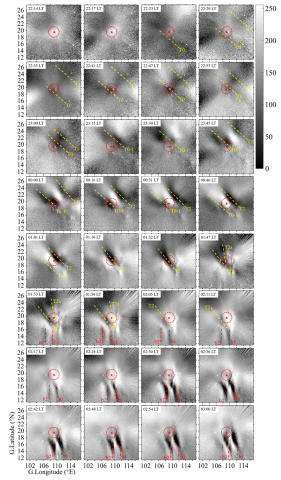
Interactions between MSTIDs and Ionospheric Irregularities in the Equatorial Region Observed on May 13-14, 2013
Kun Wu, and Liying Qian investigate the interactions between medium-scale traveling ionospheric disturbances (MSTIDs) and the equatorial ionization anomaly (EIA), and between MSTIDs and equatorial plasma bubbles (EPBs) on the night of May 13-14, 2013, based on observations from multiple instruments (all-sky imager, digisonde, and global positioning system (GPS)).
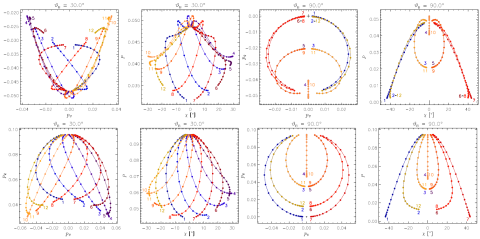
A unifying polarization formalism for electric- and magnetic-multipole interactions
R. Casini, R. Manso Sainz, A. Lopez Ariste, and N. Kaikati extend the spherical tensorial formalism for polarization to the treatment of eletric- and magnetic-multipole transitions of any order, to model the radiation anisotropy affecting the scattering of radiation in an electric-quadrupole transition, and the associated Hanle effect in the presence of a magnetic field.